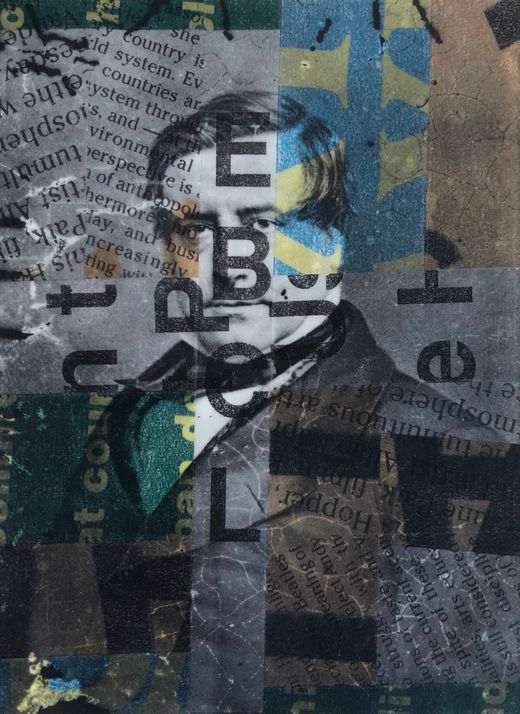

Biography
Paul Laster (b. 1951, in Flint, Michigan) is a writer, editor, independent curator, artist, and lecturer. He is a New York desk editor at Art Asia Pacific and a contributing editor at Whitehot and Art Bahrain. He was the founding editor of Art Krush and Artspace, Art Editor of Flavorpill and Russell Simmons's One World Magazine, as well as started The Daily Beast's art section and worked as a photojournalist for Artnet and Art in America. He is a frequent contributor to Time Out New York, New York Observer, Modern Painters, Art Pulse and Art Info.
In reflection of his prolific background in publication, his artwork appropriates printed matter in collage works that utilize the domestic medium of tape through transparent overlays onto the subject. Specifically, Laster is notable for taking famous 20th century photographs from secondary sources such as books, catalogues and magazines, and toying with geometric colors on the surface to create a dialogue between old and new.
Laster's work is in the collections of the New York Public Library, New York, NY; Los Angeles County Art Museum, Los Angeles, CA; Brooklyn Museum of Art, Brooklyn, NY; Corcoran Gallery of Art, Washington D.C.; Metropolitan Museum of American Art, New York, NY; and the Whitney Museum of American Art, New York, NY.
Nationality




